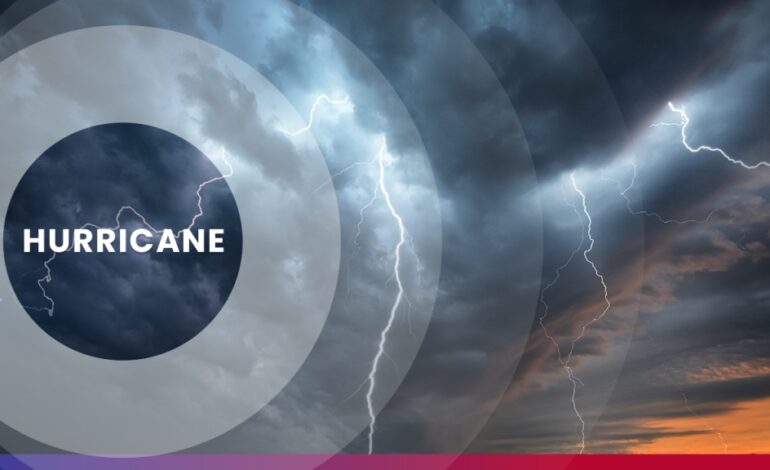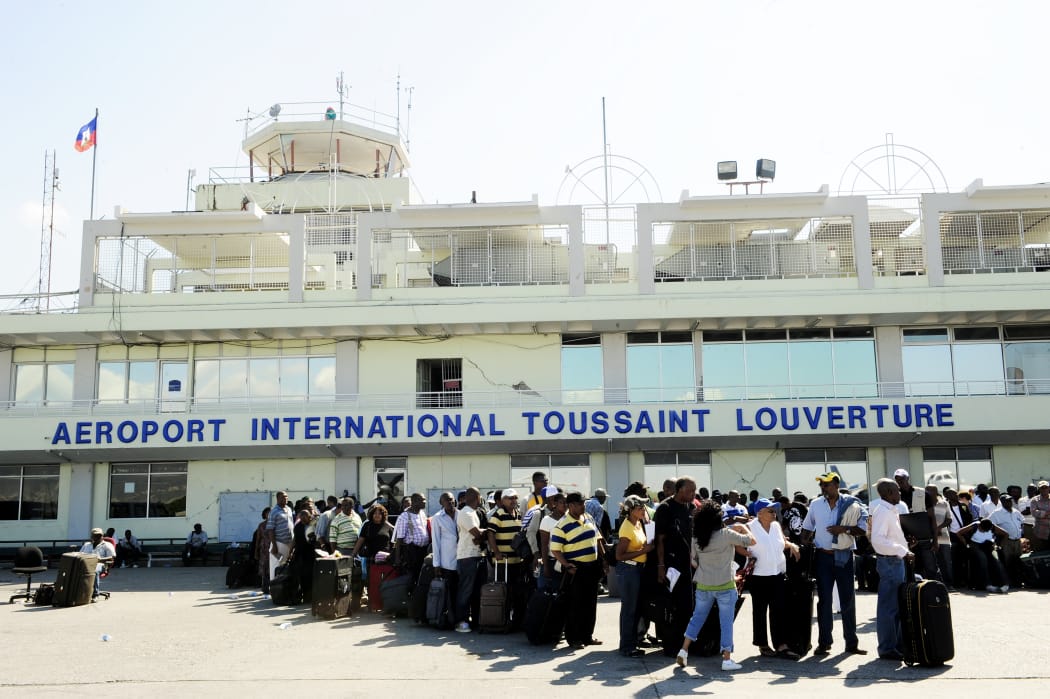Hurricane history: The name Beryl over the years

Beryl has become a memorable name due to its association with the Atlantic Hurricane Season.
According to weather.com, Hurricane Beryl in 2024 has already made history as it became the farthest east Atlantic Basin June hurricane on record, not to mention its rapid intensity.
Here are the other times the name Beryl was used in the Atlantic Basin after becoming a storm:
Tropical Storm Beryl -1982
On August 28, 1982, Tropical Storm Beryl formed in the far eastern North Atlantic, south of the Cape Verde islands.
According to the National Hurricane Center’s Monthly Weather Review of the Atlantic Hurricane Season of 1982, Beryl was downgraded to a tropical depression on September 2 as it approached the Leeward Islands. An Air Force reconnaissance found that all signs of circulation had disappeared on September 6.
Tropical Storm Beryl -1988
On August 7, 1988, a weak surface low had become better organised across Southeast Louisiana and was designated a tropical depression. It was upgraded to Tropical Storm Beryl on August 8. According to a report from the National Hurricane Center, this Tropical Storm Beryl made landfall across the marshes of Southeast Louisiana south of Shell Beach.
On August 10, Beryl dissipated across Northwest Louisiana.
Tropical Storm Beryl – 1994
Beryl began as a large upper- level low a few hundred kilometres north of Puerto Rico on August 9.
It became a depression on August 14, 1994, south of Pensacola, Florida and strengthened into a tropical storm the following day. The storm made landfall on August 16 near Panama City, Florida.
According to the National Hurricane Center’s Monthly Weather Review on the Atlantic Hurricane Season of 1994, no deaths were directly attributable to Beryl, however injuries occurred including 37 related to tornadoes in Lexington County, South Carolina.
Tropical Storm Beryl – 2000
Tropical Storm Beryl originated from a tropical wave that emerged from the coast of Africa on August 3. As it tracked westward as a wave, it fractured in two with the southern portion becoming Beryl.
The wave emerged over the southern Gulf of Mexico and Bay of Campeche early on August 13 and later that day was upgraded to Tropical Depression Five.
On August 14, it was upgraded to a tropical storm which made landfall along the Mexican coast south of Brownsville, Texas. It dissipated over the mountains of northern Mexico near Monterrey on August 15.
There was one reported drowning death in northeast Mexico from flooding.
Tropical Storm Beryl – 2006
Beryl’s origins were traced back to a frontal system that stalled off the coast of North Carolina on July 16, 2006.
According to the National Hurricane Center’s Tropical Cyclone Report on Tropical Storm Beryl, the system was designated as a tropical depression on July 18 and six hours later became a tropical storm.
The centre of Beryl passed over Nantucket, Massachusetts on July 21. Beryl lost tropical characteristics shortly after July 21, crossed Nova Scotia and moved over to Newfoundland where it merged with another extratropical cyclone.
There were no reports of casualties associated with Beryl.
Tropical Storm Beryl – 2012
Beryl began as a low pressure formed over the Yucatan Peninsula of Mexico on May 16, 2012.
According to the National Hurricane Center’s Tropical Cyclone Report, the system became a subtropical storm near May 26, east of Jacksonville, Florida.
Beryl became a tropical storm on May 27 and made landfall near Jacksonville Beach, Florida.
After landfall, Beryl weakened to a tropical depression as it moved west-northwestward across northeastern Florida.
It regained tropical storm status on May 30 and accelerated along the coasts of South and North Carolina, becoming post tropical.
Beryl directly caused one death when a severe thunderstorm associated with the cyclone blew down a tree onto an SUV in Orangeburg County, South Carolina, killing the occupant.
Hurricane Beryl – 2018
Starting as an active tropical wave on July 1 off the west coast of Africa, Beryl became a tropical depression three days later west of the Cabo Verde Islands then a tropical storm by July 5.
According to the US National Hurricane Center’s Tropical Cyclone Report, Beryl rapidly intensified and the small cyclone became a hurricane on July 6.
Beryl then weakened to a tropical storm as it moved toward the west and degenerated into a wave on July 8 before reaching the Lesser Antilles.
More than 47,000 customers in Puerto Rico briefly lost electricity due to squally weather associated with the remnants of Beryl. Power outages also were reported on the US Virgin Island of St Croix.





